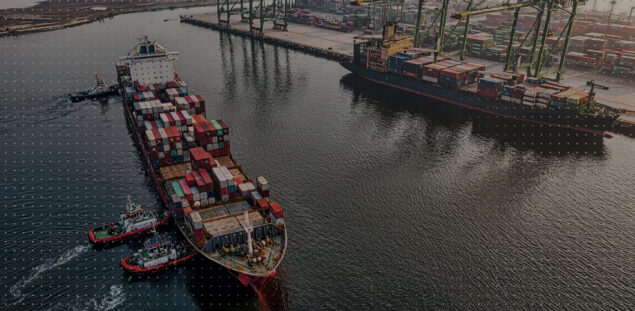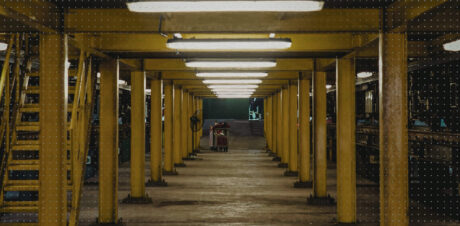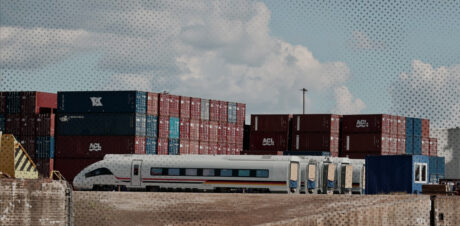During the Sayari webinar, Responding to the New Tariff Regime, expert speakers discussed the specifics of the International Emergency Economic Powers Act (IEEPA) fentanyl tariffs, IEEPA reciprocal tariffs, and Section 232 tariffs to help attendees understand the goods impacted, the distinction between these tariff lists, the corresponding duty rates, and which lists may be cumulative, or “stackable.” Our speakers also discussed proactive measures organizations can take to navigate the tariff landscape, an increasingly urgent need given how rapidly this landscape is evolving and the extent of global tariff application.
Immediately following Sayari’s webinar, the landscape changed once again as the U.S. Court of International Trade (CIT) struck down the Trump administration’s IEEPA-related actions covering global reciprocal tariffs (10% on most imports), and the separate tariffs on China (20%), Mexico (25%), and Canada (25%) goods imposed as a reaction to fentanyl trafficking. The administration immediately filed an appeal, and a federal appeals court agreed to temporarily preserve many of the tariffs. Consequently, IEEPA tariffs remain in place with full duties being collected.
Read on to learn about proactive tips your organization can adopt and resources it can use to navigate the fluid tariff landscape.
Proactive guidance in the face of tariffs
Our speakers shared several suggestions for proactive measures to take in response to the evolving tariff landscape:
- Carefully review the documentation received from your suppliers. As a starting point, ensure your supplier is including part and/or model numbers in the commercial documentation sent to you. These unique numbers, along with a complete description of the goods (refer to 19 CFR 141.86(a)(3)), help importers to not only classify products as accurately as possible, but also aid in the development of defensible and reliable paper trails in the event of an audit or petition for duty refund. In a tariff regime that makes increased duty rates unavoidable (given the scope), importers can 1) reduce overall tariff cost by ensuring that they pay only what is legally owed in duties and taxes at the time of import and 2) simultaneously develop robust internal documentation procedures.
- Review the HTS classifications of your products and foster strong communication channels with your customs broker. There’s never been a better time to review your product classifications. However, organizations should approach this with the goal of quality assurance rather than tariff exemption. To this point, if not done carefully and with the help of a qualified classification expert (your broker, trade compliance team, trade attorney), product reclassification could leave you subject to more tariffs later.
In addition, ensure that you have a current standard operating procedure (SOP) in place with your broker that outlines how customs entries will be entered. Entry Summary line-level detail inputs are strongly recommended over aggregate classification. Your SOP should also address how new products will be classified and existing products will be updated, how this information will be stored, and how this information will be applied in a consistent manner.
As with supplier part numbers, it’s important to develop and confirm a system of broker part numbers or product identifications in the event that your imported products do not have specific brand-level or supplier-assigned part numbers. Doing so ensures that you and the broker are aligned when assigning HTS codes and tracking hundreds or thousands of unique products. This is also a critical piece of your broker SOP.
- Monitor Section 232 investigations and tariff stacking modifications. The late-May order that temporarily struck down IEEPA tariffs does not affect Section 232 tariffs. Under Section 232 actions, the president can order an investigation by the U.S. Department of Commerce as a precursor to levying new duties on national security grounds, including safeguarding critical industries and protecting economic stability. Section 232 tariffs are administered based on HTS code, so organizations will want to monitor investigations and advocate that their imports are not included on the list of covered products by HTS when making exemption requests.
A June 4 action, for example, increased the Section 232 tariffs on aluminum and steel articles and derivatives from 25% to 50%, with a carveout for UK-origin aluminum and steel articles and derivative articles remaining at 25%.
Additionally, on June 13, CBP issued CSMS #65340246 to provide guidance on how to report aluminum articles and derivatives with an unknown country of smelt and cast. Effective June 28, importers will be required to pay 200% Section 232 duties on derivative aluminum articles when the country of smelt and cast are declared “unknown” at the time of customs entry. This same rate applies to aluminum imports from Russia.
- Make the tariff approach a corporate-wide strategy, starting with product development. Developing a plan to mitigate and respond to tariffs involves most departments in an organization and should often start well in advance of a product’s import. For example, sourcing and trade compliance teams must work together to vet tariff exposure when onboarding new and existing suppliers and collaborate with legal when complex country of origin changes are introduced. This corporate-wide strategy should ideally start with product development. Product teams should work with sourcing and trade compliance to evaluate design decisions with an eye toward tariff classifications with lower duty rates where possible.
Tariff mitigation and cost savings opportunities will substantially increase in an environment where each of these groups has a seat at the table. For large multinational manufacturers with global distribution and production centers, this all-hands approach streamlines “make vs. buy” exercises and tariff engineering opportunities, and bolsters the company’s position in supplier negotiations.
Helpful CBP resources
To help organizations stay current on tariff actions and impacts, U.S. Customs and Border Protection (CBP) has two key resources:
- CBP provides guidance and FAQs on Section 232 Tariffs on Steel and Aluminum.
- CBP’s Cargo Systems Messaging Service (CSMS) is a key tool for communicating updates and technical information about tariff implementation.
How Sayari can help mitigate tariff impacts
Sayari helps importers get upstream visibility into their supply chains. One way this capability can mitigate tariff exposure is by helping importers uncover “unknown” country inputs that could, under the current laws, trigger 200% tariffs on derivative aluminum articles.
In addition, Sayari recently released the first of several planned capabilities to help teams respond to tariff impacts: the ability to instantly identify which of an organization’s tier 1 suppliers are subject to U.S. tariffs. Using real trade data as well as country and product filters, Sayari precisely identifies which of your suppliers are affected without requiring you to upload sensitive spend data.
Shortly, Sayari will expand this capability to go beyond tier 1 suppliers to identify tariff-exposed upstream suppliers as well. This is in addition to existing Sayari Graph capabilities that help organizations find and compare alternative suppliers.
Watch the webinar replay for an overview of the tariff landscape, details on tariff stacking, and levers you can employ to change your tariff responsibility.



